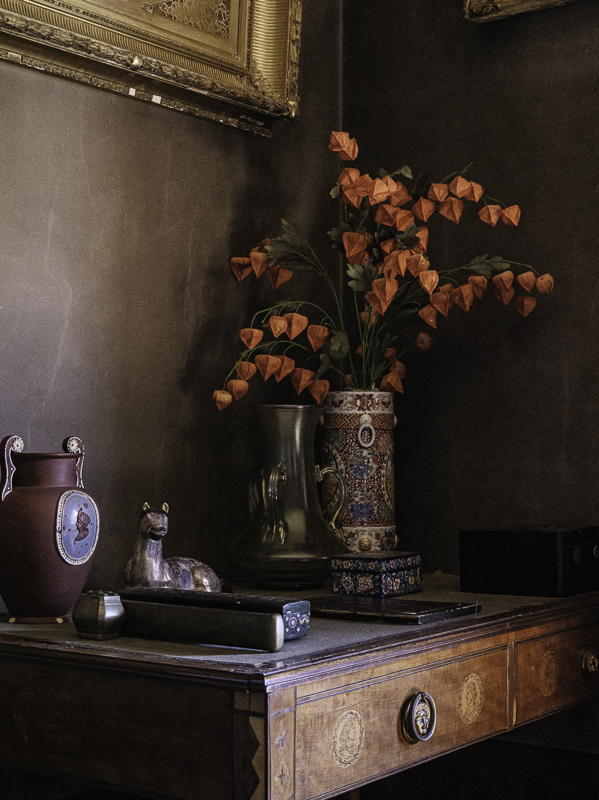Every Picture Is a Compromise
Lessons from the Also-rans
Most photography websites show the photographer's very best work. Wonderful. But that's not the full story of a creative life. If we want to learn, we'd better pay attention to the images that aren't "greatest hits" and see what lessons they have to offer. Every picture is a compromise — the sum of its parts, optical, technical, visual, emotional, and even cosmic – well, maybe not cosmic, but sometimes spiritual. Success on all fronts is rare. It's ok to learn from those that are not our best.
This is a series about my also-rans, some of which I've been able to improve at bit (i.e., "best effort"), none of which I would consider my best. With each there are lessons worth sharing, so I will.

Previous image | Next image |
Original digital capture

Architectural Tourist Week
This week I'm looking at image made while touring historic buildings and their interiors. Dark, three-dimmensional, and cramped subjects imply using high ISO, focus stacking, and with tripods not allowed, these are all handheld. Very technically challenging subjects. It is very fun to overcome these difficulties and end up with images that I'd be happy to show anyone.
What I saw that I liked:
This one was a bit more challenging.
What I don't like in the picture:
Shot at ISO 5000 (lots of noise) and at f/3.6 to gather as much light as possible. The above shows a lot out of focus because of the minimal depth of field.
What I learned:
This one required two steps of pretty aggressive processing. The focus stack consisted of 5 images. All of them were very noisy. I learned the sequence of these steps is crucial. If you focus stack first, Photoshop saves it back to Lightroom as a TIF file. TIF files cannot be run through Adobe's new Enhanced Noise Reduction.
I ran all 5 images through noise reduction first, then created the focus stack on the noise-reduced images. Beautiful and easy enough — as long as you get the sequence in the correct order. |
|


